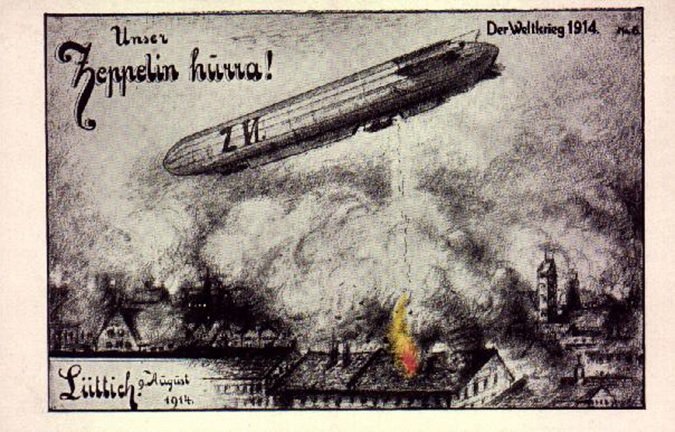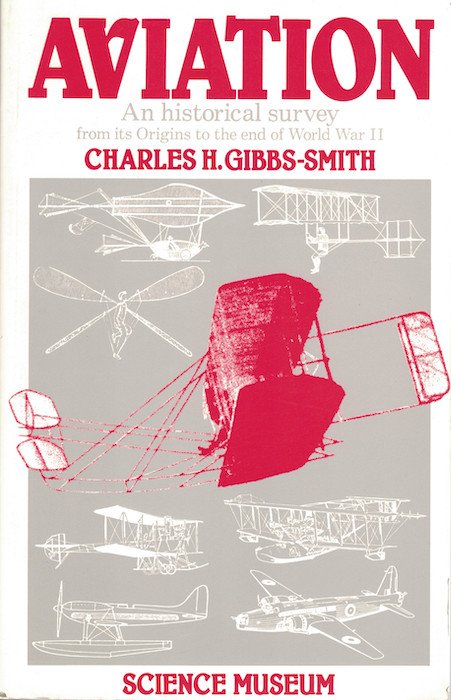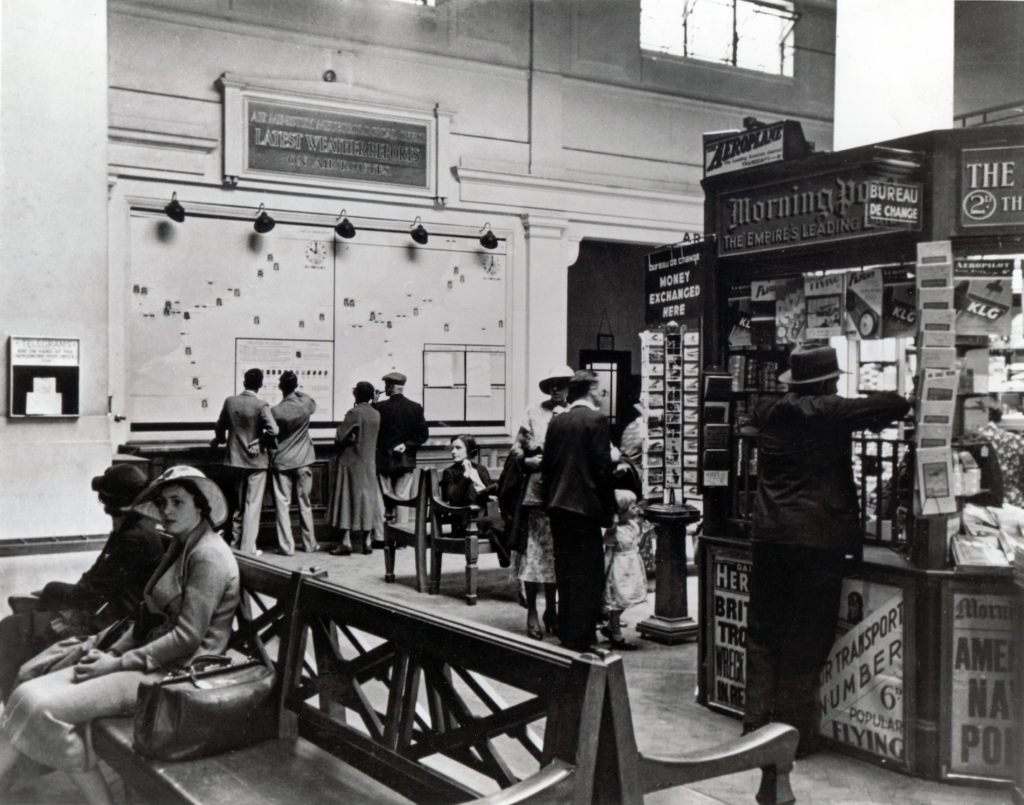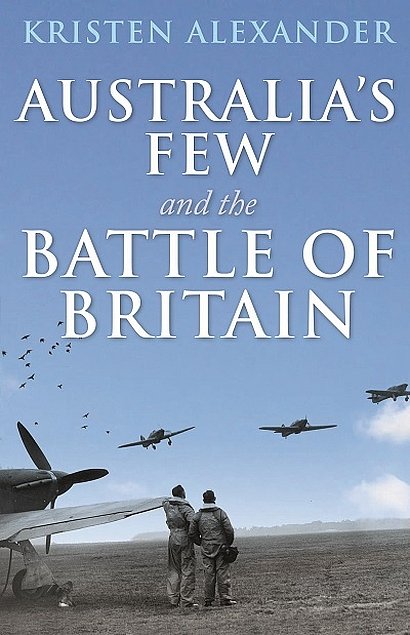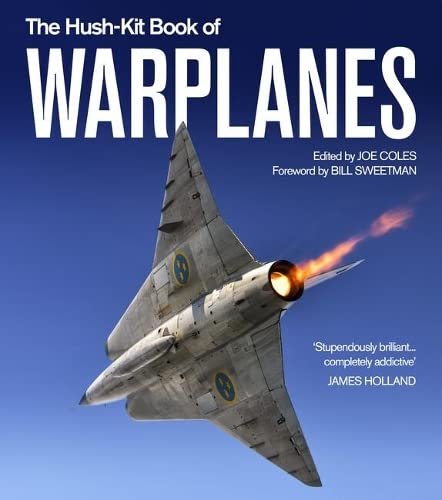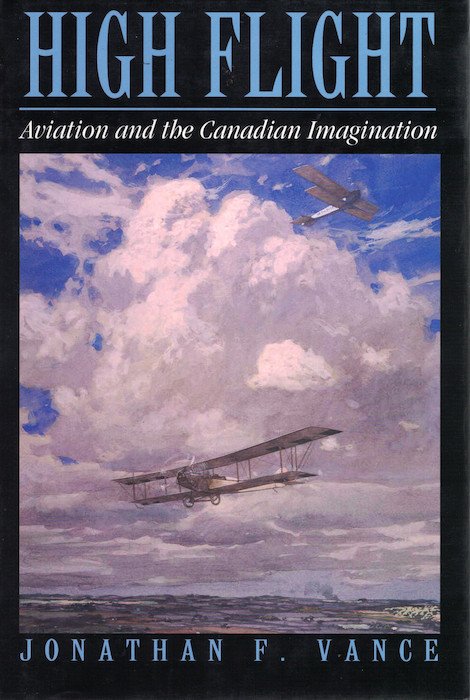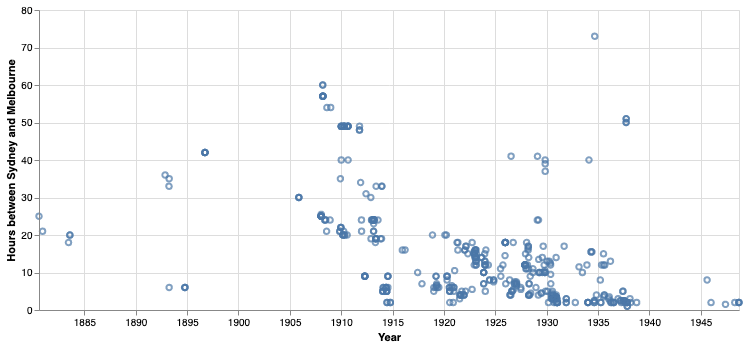Marked for Death
[This review was commissioned by the Michigan War Studies Review back in 2016, but for some reason never got published. As MiWSR is now, sadly, defunct, I guess there’s no harm in putting it up here on Airminded.] James Hamilton-Paterson. Marked for Death: The First War in the Air. New York: Pegasus Books, 2016. Vanishingly […]




